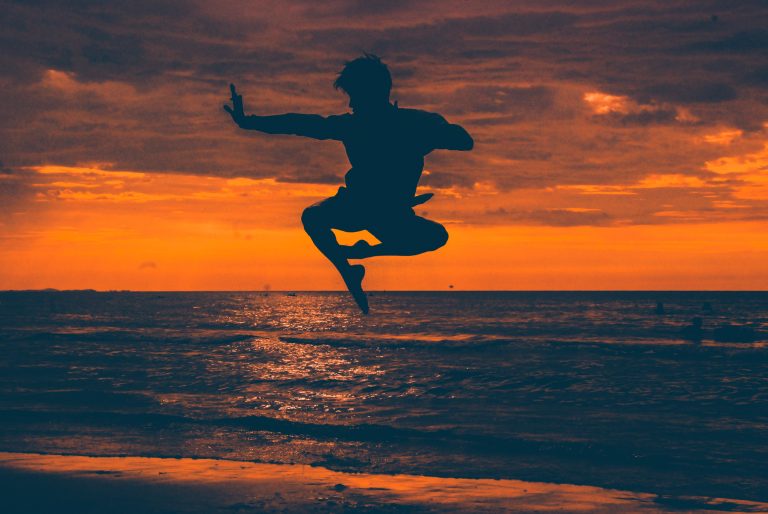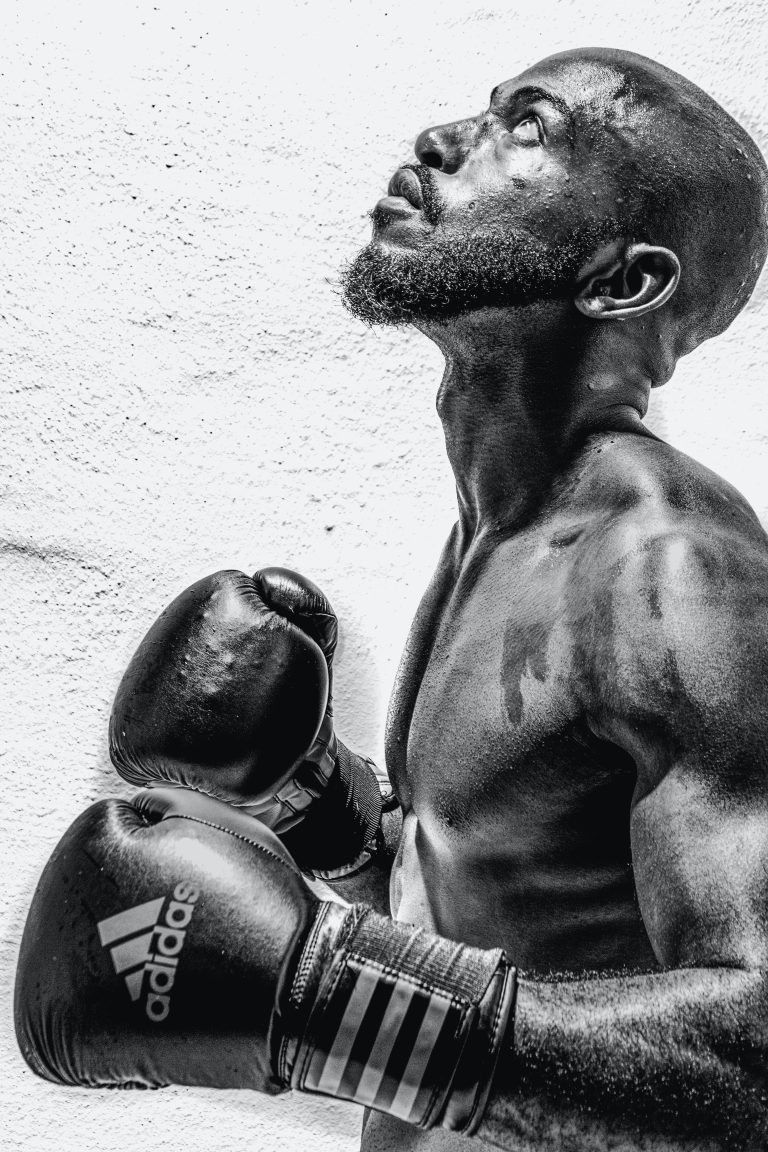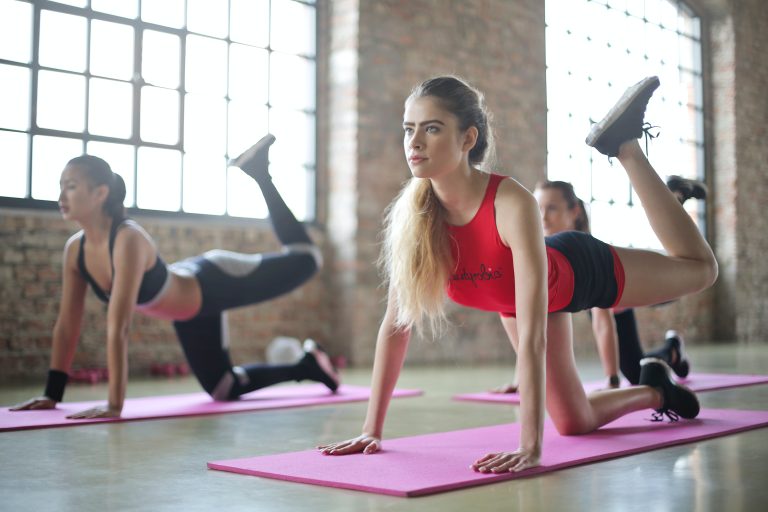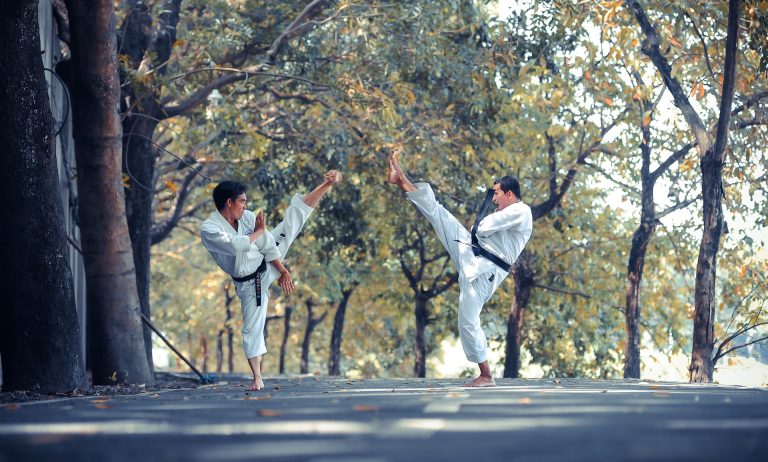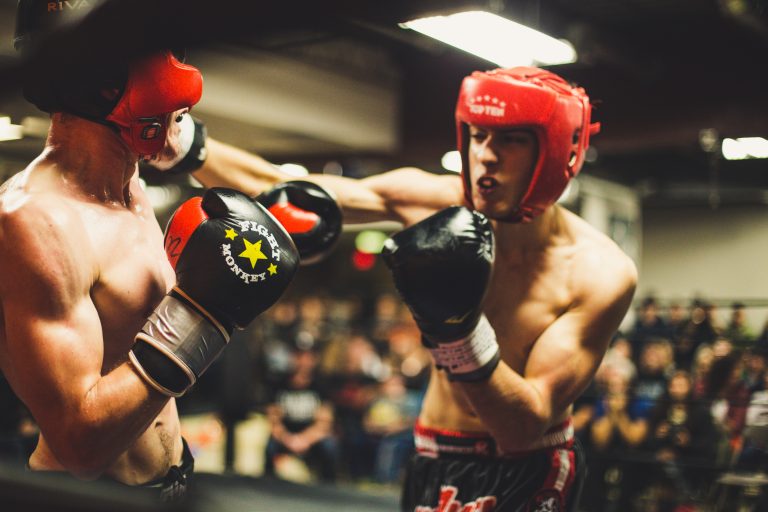Karate: How to Perfect Your Punch Technique
The punch is one of the most integral components of karate and is essential for establishing control over a fight or situation. Learning how to form the right technique, however, is something that requires a lot of practice in order to master. Understanding the specifics, on the other hand, is the first step in becoming a better martial artist.
In this blog post, we’ll go over the basic principles for perfecting your punch technique, breaking down every element involved in producing a strong and powerful punch. You’ll gain a better understanding of how to form the core components that make up the perfect karate punch while also learning specific tips that you can use to improve your technique.
The Anatomy of the Karate Punch
The perfect punch consists of four core components, all of which work in sync with one another to create maximum power. Here’s a breakdown of each component:
1. Balance & Stance
First and foremost, you need to focus on maintaining balance and stability. This can be achieved through various stances, such as the horse stance (Kiba Dachi) or the front stance (Zenkutsu Dachi). You want to make sure your feet are positioned correctly so you can remain stable from start to finish, as any imbalance or poor technique could cause you to lose your balance, leaving you vulnerable and unable to defend yourself effectively.
2. Hand Position
Your hands should be positioned properly and ready to strike at any moment. The ideal hand position in karate is to keep the wrists slightly bent (in an “L” shape with the index finger pointing towards the target) and fingers tucked in, and with the knuckles aligned with the top joint of the fingers. This allows you to generate more power behind the punch as well as offers better protection to your hands.
3. Body Movement
The way your body moves while throwing a punch is incredibly important. Your body should be coiled and ready to spring with your arms driving out at the same time. The punch should start from the feet and travel all the way to the target along a single line. Your hips should rotate so the weight shifts from your back side to the front, creating a striking motion. It’s important to switch stances fluidly so you can keep your opponent guessing about where your strike will come next.
4. Hand & Arm Strength
Developing strength and power behind your punch requires practice and dedication. The key here is to practice various drills and exercises that help to strengthen your punching arm as well as your entire body. Working on strengthening your core muscles and improving your balance will also help you generate more power with each strike.
Tips for Perfecting Your Punch Technique
Now that we’ve gone over the anatomy of the perfect karate punch, here are some specific tips that you can use to work on improving your overall technique:
- Practice visualizations: Visualize yourself throwing a flawless punch while standing in front of a mirror or with someone spotting you, helping you stay aware of good technique.
- Focus on proper breathing: Make sure to inhale deeply for each punch and exhale with power when striking.
- Pay attention to your landing: Make sure that your landing positions are correct so that you can keep yourself from getting off balance.
- Work on agility: Practice lateral movements and footwork drills so that you can properly evade and counter-attack quicker.
- Train different targets: Punching multiple targets helps develop speed, accuracy and power.
- Focus on form: Make sure to work on understanding and mastering each component of the perfect karate punch.
- Be aware of power constraints: As you become more proficient in karate, you’ll need to learn how to control your power so as not to injure yourself or your training partners.
Conclusion
There is no shortcut when it comes to perfecting your karate punch technique. It requires a lot of practice and dedication in order to truly master it. By following the tips outlined here, however, you can improve your technique step by step while training your body and developing more strength along the way.
Remember, consistency is key when practicing any martial art, so make sure to dedicate time each day – even if it’s only for a few minutes – in order to become gradually closer to achieving perfection.
The Anatomy of the Karate Punch: Answers to Frequently Asked Questions
If you are a karate practitioner, or even if you are just interested in martial arts, you have probably wondered about the anatomy of the karate punch. What makes it so powerful? Why is it effective? How can you improve your technique? In this blog post, we will answer some of the most frequently asked questions on the topic and help you understand the mechanics of this fundamental karate move.
1. What muscles are used in a karate punch?
When you throw a karate punch, several muscles in your body are involved. These include:
– Pectoralis major: This is the large, fan-shaped muscle that covers the upper part of your chest. It is responsible for flexing the shoulder and rotating the arm.
– Deltoid: This is the muscle that covers the shoulder joint. It raises and rotates the arm.
– Triceps: This is the muscle on the back of your upper arm. It extends the elbow and helps to straighten your arm.
– Trapezius: This is a large muscle that covers the upper back and neck. It is responsible for lifting the shoulder blade and rotating the arm.
– Latissimus dorsi: This is the broadest muscle in your back. It is responsible for pulling the arm down and back towards the body.
2. How can you improve the power of your karate punch?
To improve the power of your karate punch, you need to focus on several factors.
– Technique: Make sure you are using the correct technique when you throw a punch. Your elbow should be tucked in, your wrist should be straight, and you should be rotating your shoulder and hips.
– Speed: The faster you throw the punch, the more power it will have. Work on your speed by practicing hitting a punching bag or a pad as quickly as possible.
– Strength: Building strength in your upper body can help you generate more power in your punches. Exercises like push-ups, pull-ups, and bench presses can help.
– Focus: Focus your mind on the impact of your punch. Imagine breaking through a solid object with your fist. This mental focus can help you deliver a more powerful punch.
3. What is the correct distance for a karate punch?
The correct distance for a karate punch depends on the type of punch you are throwing. There are two basic types of punches in karate: jabs and crosses.
– Jab: A jab is a quick, straight punch that is intended to surprise your opponent. The correct distance for a jab is around one and a half feet away from your opponent.
– Cross: A cross is a longer, more powerful punch that is intended to do more damage. The correct distance for a cross is around three feet away from your opponent.
4. What is the correct stance for a karate punch?
The correct stance for a karate punch is the front stance, or zenkutsu dachi. In this stance, your front foot is pointed straight ahead, and your back foot is turned out at a 45-degree angle. Your weight should be evenly distributed between both feet, and your knees should be bent.
5. Can a karate punch break bones?
Yes, a karate punch can break bones. In fact, one of the primary goals of a karate punch is to deliver enough force to break bones, incapacitate an opponent, or knock them out. However, it’s important to remember that karate is a martial art, and it should be used only for self-defense or in sanctioned competition.
6. How can you practice your karate punch?
There are several ways to practice your karate punch:
– Shadowboxing: Stand in front of a mirror and practice your technique without actually hitting anything. This can help you perfect your form.
– Punching bag: Use a punching bag to work on your speed and power. Make sure to use proper technique and wear gloves to protect your hands.
– Partner drills: Practice punching with a partner who holds pads or a target. This can help you work on your accuracy and timing.
7. What are some common mistakes when throwing a karate punch?
Some common mistakes when throwing a karate punch include:
– Incorrect technique: Make sure you are using proper technique when you throw a punch. Your wrist should be straight, your elbow should be tucked in, and you should be rotating your shoulder and hip.
– Poor balance: Make sure you are balanced when you punch. Your weight should be evenly distributed between both feet, and your knees should be bent.
– Lifting your elbow: Avoid lifting your elbow too high when you punch. This can make your punch less effective.
Conclusion
Learning the anatomy of the karate punch is important not only for improving your technique, but also for understanding the science behind this powerful martial arts move. By focusing on technique, speed, strength, and mental focus, you can improve the power and effectiveness of your punches. Practice diligently, always keeping in mind the proper technique, and you will see improvement over time. Remember, karate is a martial art that should be used for self-defense or in sanctioned competition only.
Inhaltsverzeichnis

